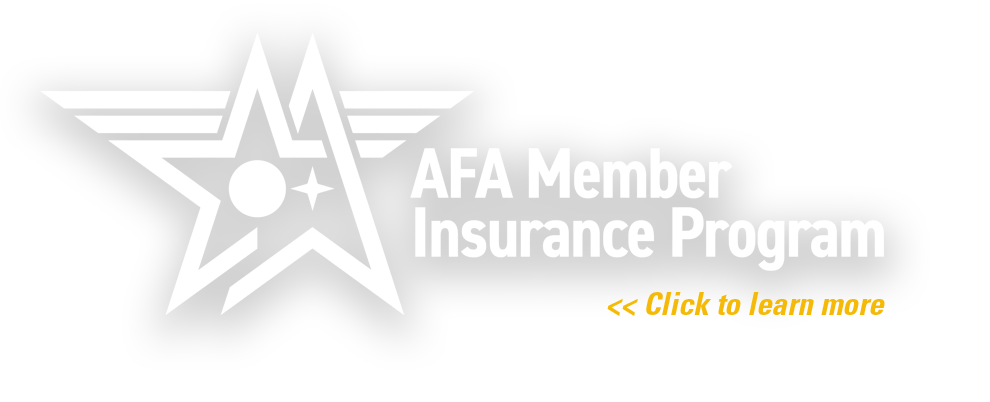The Air Force believes that it may field the Lockheed Martin Sniper targeting pod on the B-1B bomber sometime this summer, following an accelerated testing program that has run three months instead of an expected nine months. Air Force Material Command and Air Combat Command combined the operational and developmental testing at Edwards AFB, Calif., to speed the process for one of thetop priorities cited by the Combined Force Air Component Commander in Southwest Asia. “This has been the first time that we have brought [a force development evaluation] squadron” to Edwards, said Lt. Col. Troy Asher, Global Power Bomber Combined Test Force director. Addition of the pod to the B-1 will “significantly … decrease the time from a request for a bomb on target to actually dropping a weapon,” said Capt. Brandon Miller, 419th Flight Test Squadron targeting pod project pilot. Lockheed Martin and Boeing engineers have been working with the Air Force for the past 14 months to accommodate the Sniper XR on the B-1 in response to “an urgent combat need,” states a June 10 company release. “The Air Force identified the need and the funding and asked how fast we could get this capability to the warfighters,” said Mark Metevia, Boeing’s B-1 targeting pod project manager. He noted that an assembled “best-of-Boeing team” managed to cut the “usual development cycle time in half.” (Edwards report by Maj. Nori La Rue)
A new F-35 training group graduated its first batch of two Polish pilots May 9, with more on the way from Poland, Finland, Germany, Switzerland, Singapore, and other partners. The 85th Fighter Group was reactivated at Ebbing Air National Guard Base, Ark. last July to help other F-35 buyers prepare…

